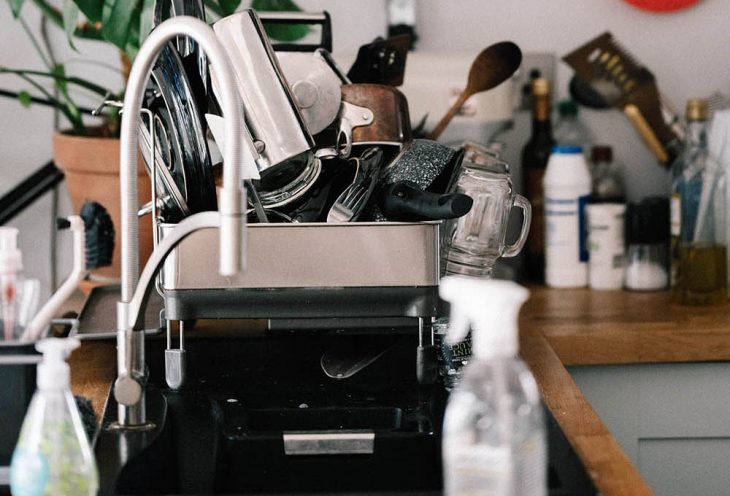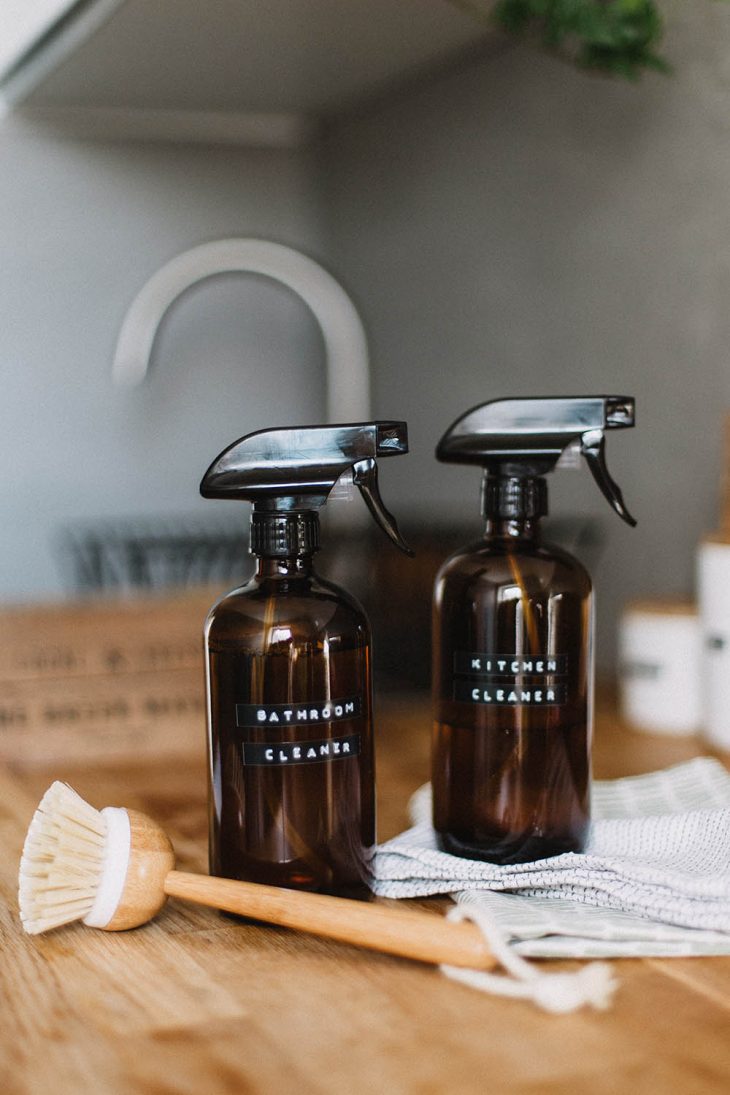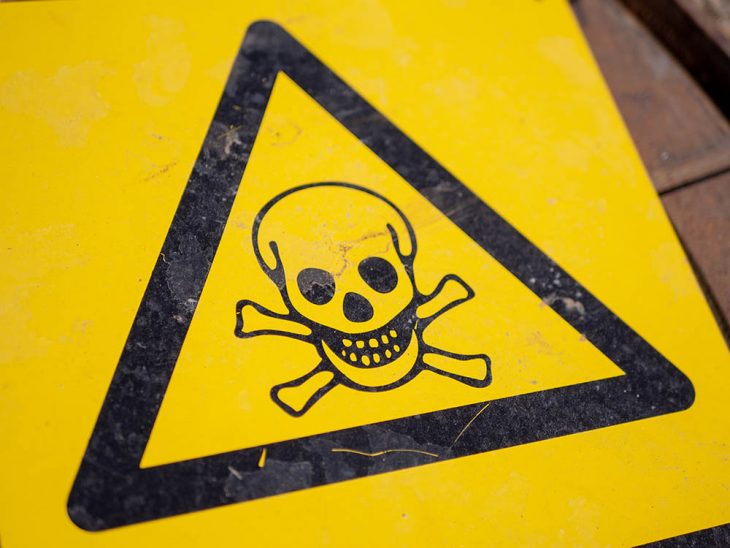
You may not realize it, but you can find potentially dangerous chemicals in the different areas of your home, from your kitchen and bathroom cabinets to your bedroom and family area. Failure to properly store and use these items could lead to severe medical conditions or even life-threatening issues for your family, especially if you have children.
Your kids can ingest household cleaners when left unsupervised, while your teens could take the wrong medication or experiment on everyday items. Before you dismiss such incidents as an impossibility, know that more than 300 children aged 19 and below are sent to hospital emergency departments daily due to poisoning, according to the Centers for Disease Control and Prevention (CDC)1.
If you are wondering what everyday household chemicals2 are actually poisonous, read on. This piece will give you a rundown of some of the most common items and the possible health harm they may cause.
Laundry Detergent
You probably notice terms like “cationic,” “anionic,” or “non-ionic” on the labels of your laundry detergents. These names refer to the enzymes in the product that break down stains and disperse dirt. Cationic detergents are the most dangerous compared to the other two when taken internally. Ingestion could burn the mouth and throat, cause shock, convulsions, coma, and even death.
Although less toxic, anionic and non-ionic detergents could still result in soreness in the mouth, vomiting, and diarrhea when swallowed. If a block of this type of soap is sucked, the person may suffer from swollen lips and tongue.

Bleach
Household bleach contains water and the chemical sodium hypochlorite in various concentrations, from less than 1 percent to a little over 5 percent. When ingested, this product can irritate the stomach and cause esophageal injury and sustained nausea and vomiting.
Chlorine bleach is particularly hazardous when mixed with other household chemicals, especially those that contain ammonia. Doing so can cause the release of toxic fumes that can damage the respiratory tract and lead to chest pain, deprivation of oxygen (asphyxiation), and death.
Rubbing Alcohol
Rubbing alcohol is the go-to sanitizing agent for most households as it is effective in killing bacteria. Its main ingredient is isopropyl alcohol (IPA) or isopropanol, a chemical also found in hand sanitizers and certain cleaning products. While rubbing alcohol is safe to use for disinfecting the hands and legs, cleaning minor scrapes, and sanitizing hard surfaces, this product can be harmful when ingested.
The dangers of drinking rubbing alcohol can never be ignored. Although it can cause a feeling of intoxication similar to the effects of ethyl alcohol in beer and liquor, the IPA in rubbing alcohol is much more potent when swallowed. Just a tiny amount of rubbing alcohol can cause sedation, slurred speech, vomiting, and irritation of the digestive tract. Drinking in large amounts could lead to bleeding in the stomach and intestines, low blood pressure, shock, and even coma.
Essential Oils
Essential oils like lavender, peppermint, and tea tree oils are in-demand bathroom or bedroom essentials as their scent significantly helps in relaxation and stress relief. While diluted essential oils are generally safe for massaging into the skin or inhaling using a diffuser, they are not safe to consume even if they are derived from plants and considered “natural.” Ingesting essential oils, even in small amounts, can cause serious poisoning.
It is important to note that even the application of undiluted oils directly on the skin or in the nostrils can lead to severe irritation and burning. Sensitive individuals may also suffer from an allergic reaction or skin rashes.

Air Freshener
If you are using air fresheners to mask the unpleasant smell in your home, perhaps it’s time to reconsider. These fragrant products may seem harmless, but they contain toxic chemicals, such as formaldehyde, petroleum distillates, aerosol propellants, and p-dichlorobenzene, that can cause severe medical conditions like cancer. These products must be stored in a secure location like aerosol storage cages here to avoid children’s contact.
They are also highly irritating to the eyes, skin, and throat. When ingested, spray and liquid air fresheners can lead to harmful effects, from minor irritation of the mouth, nausea, and vomiting to drowsiness and intoxication. Note that consuming solid air fresheners is even more dangerous as it usually leads to death.
Glass Cleaner
Window and glass cleaners contain harsh chemicals like ammonia and isopropanol. The mist from the spray can irritate the eyes, nose, skin, and throat. If you ingest glass or window cleaners, seek medical attention immediately as they can harm the different parts of your body. Low blood pressure, lack of responsiveness, decreased level of consciousness, and waking difficulties are some of the symptoms of window cleaner poisoning.
Furniture Polish
Furniture polish may bring your old wooden furniture to life by cleaning, shining, and leaving a protective covering, but it is highly toxic when inhaled or swallowed. It is worth pointing out that this household product usually contains harmful substances like ammonia, nitrobenzene, and phenol that can cause irritation of the eyes, skin, lungs, and windpipe. When ingested, furniture polish may lead to severe pain in the throat, mouth, nose, or eyes, breathing difficulties, vomiting, blood in the stool, and other alarming consequences.
These household items are a normal part of your daily living, which means you cannot entirely avoid them—and you do not have to. While they pose a significant risk because of their potent ingredients, the bright side is that they are reasonably safe when utilized as directed. That is why it is crucial that you understand their risk, limit your exposure to these chemicals as much as possible, and make sure to store and use them properly to keep you and your family safe.
[1] https://www.cdc.gov/safechild/Poisoning/index.html
[2] https://www.sciencedirect.com/topics/earth-and-planetary-sciences/household-chemical



